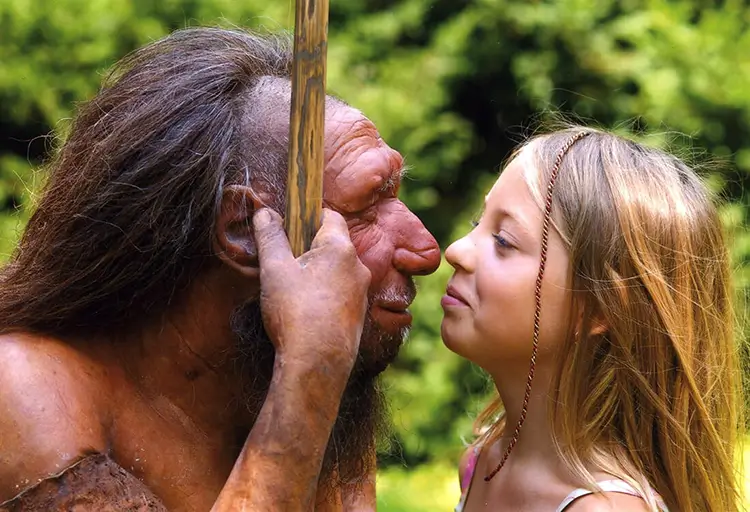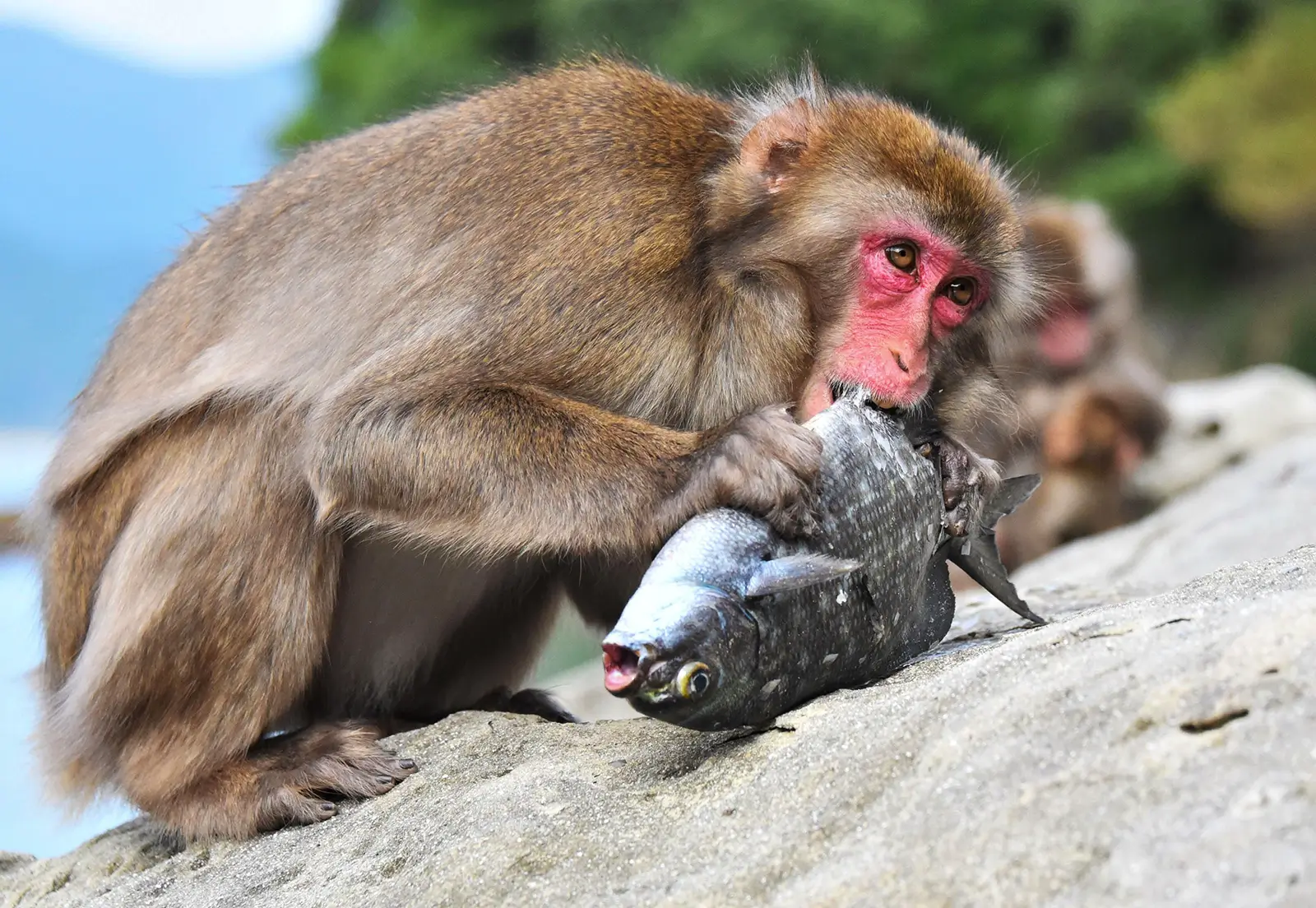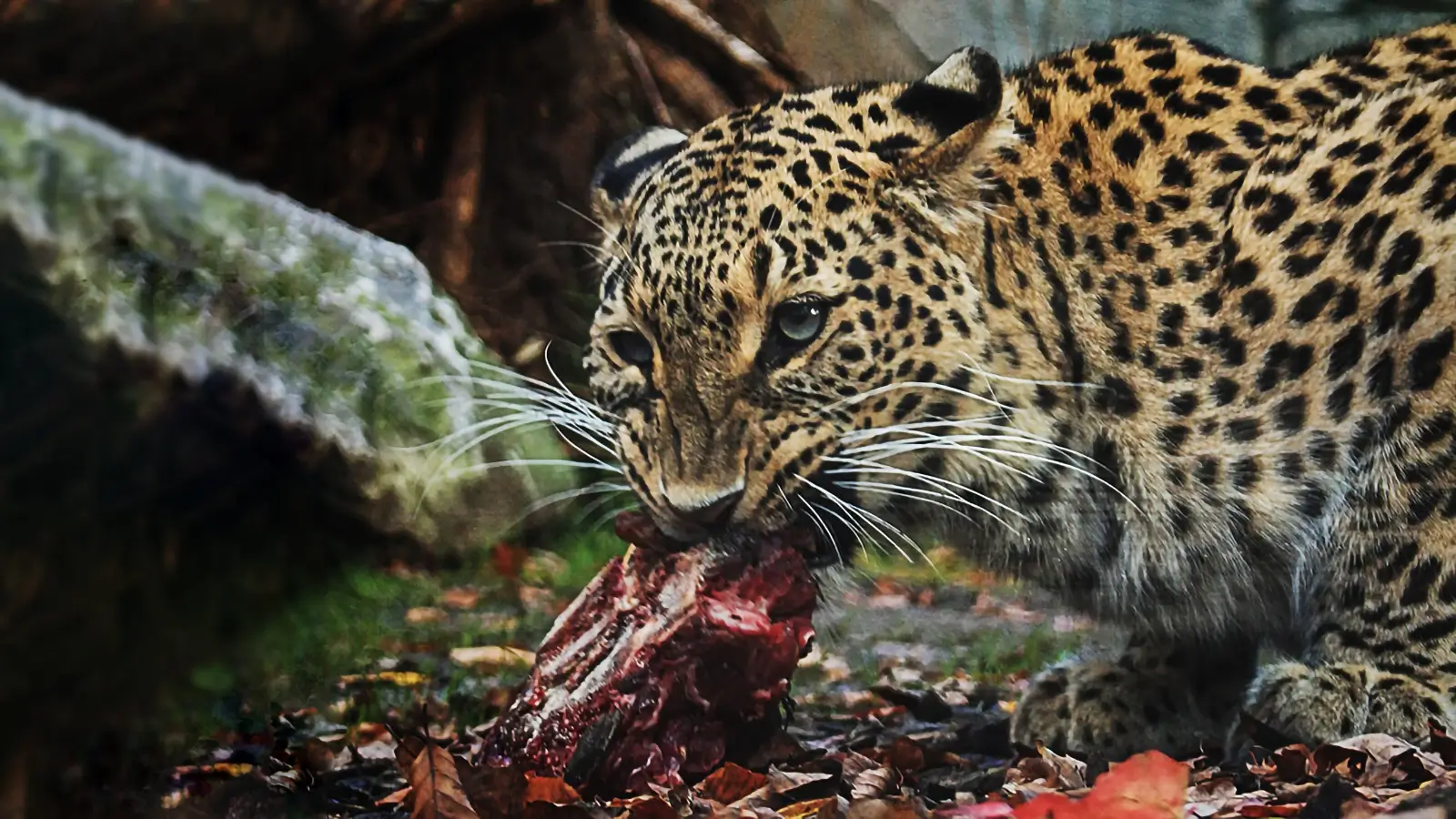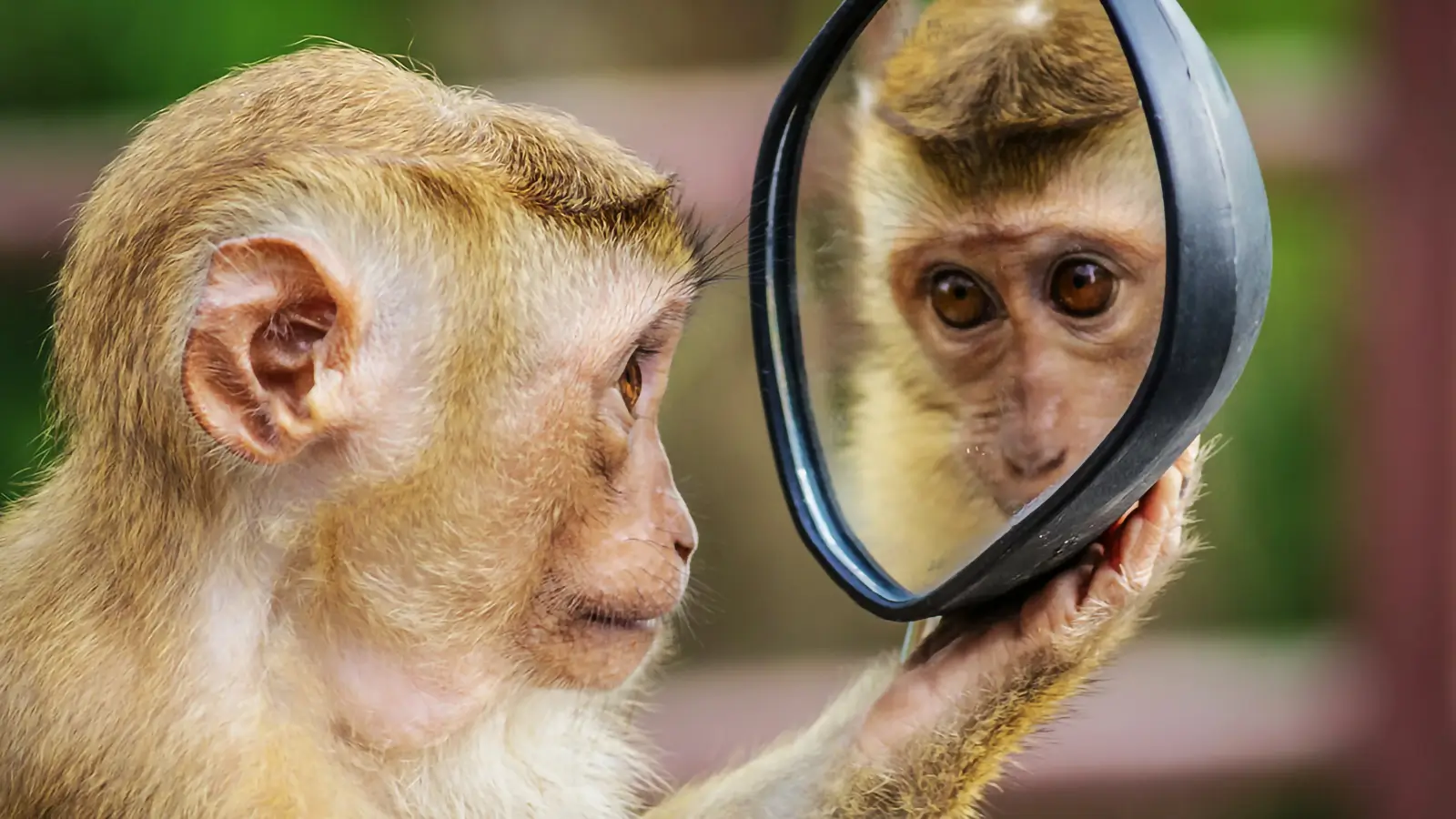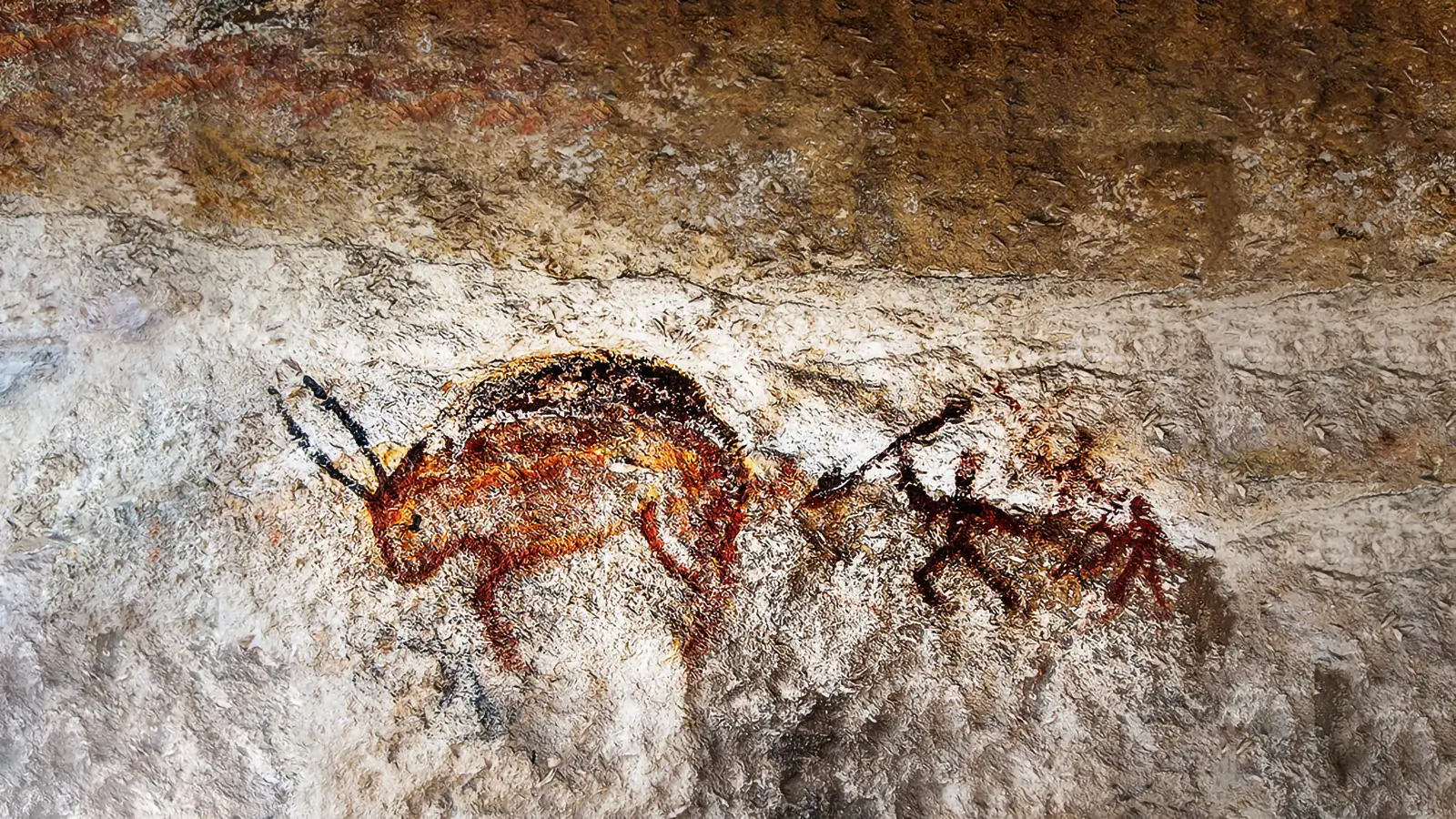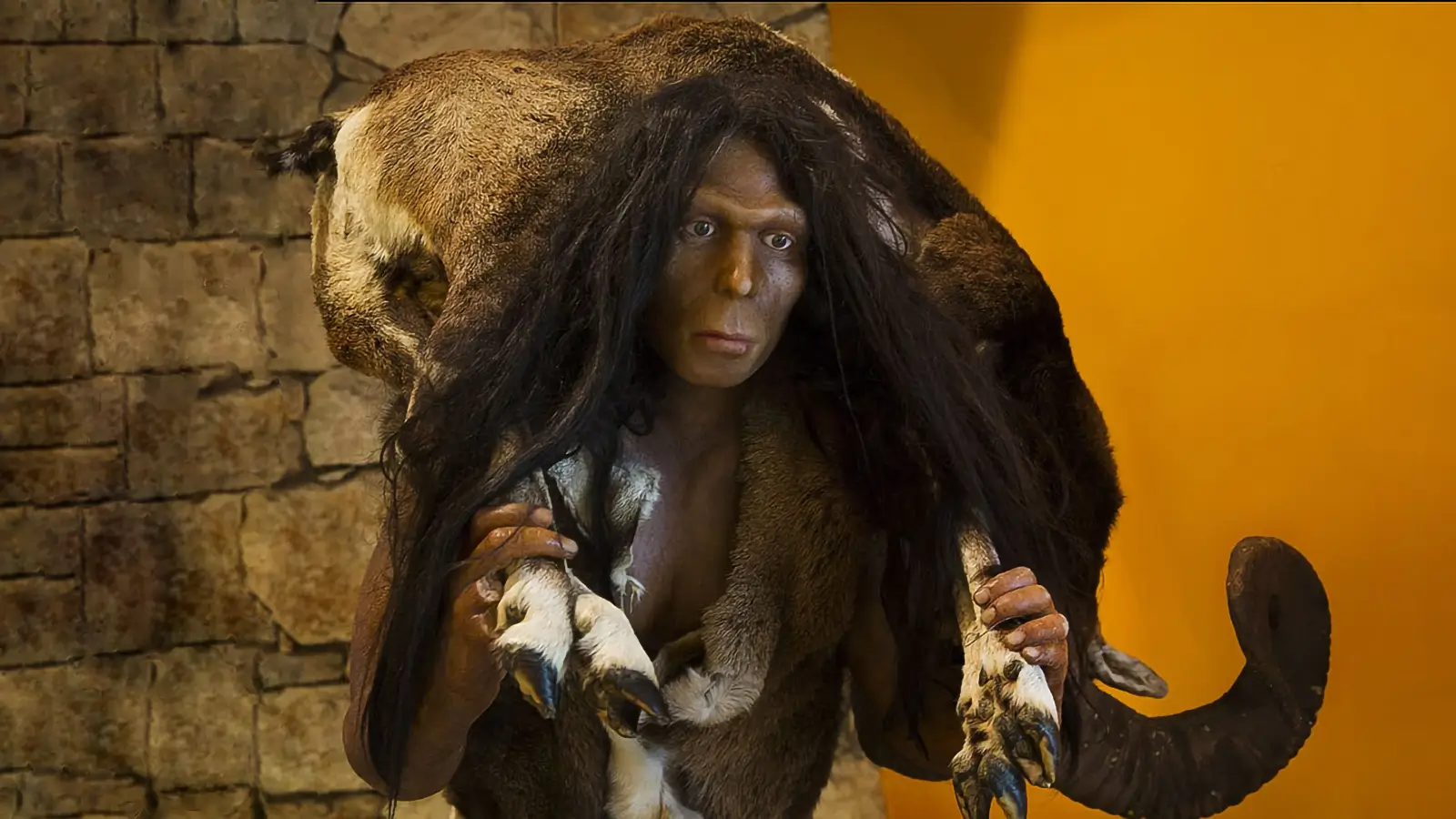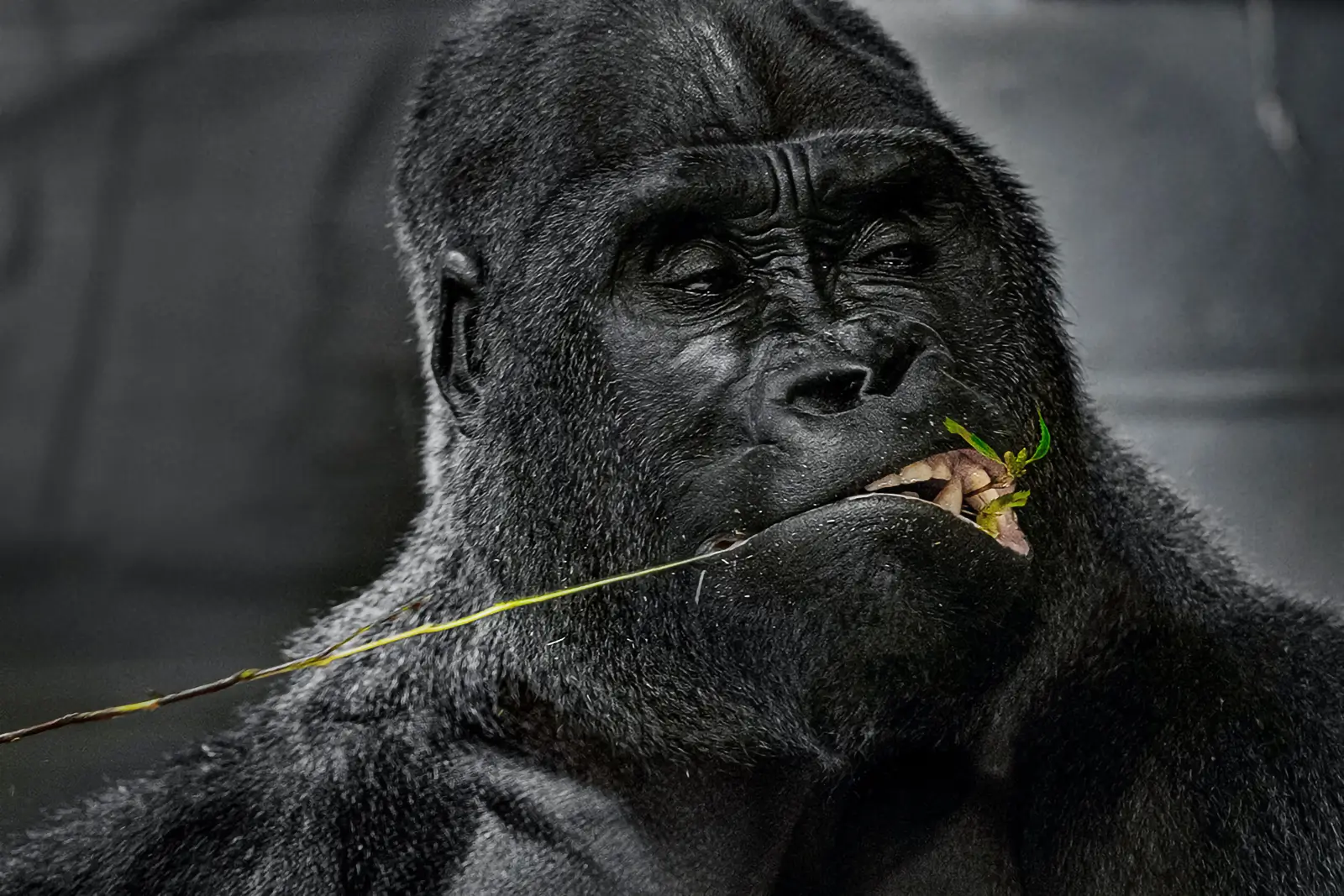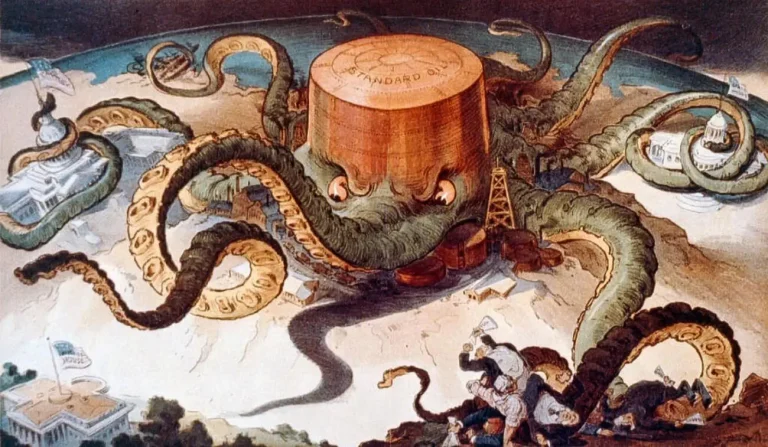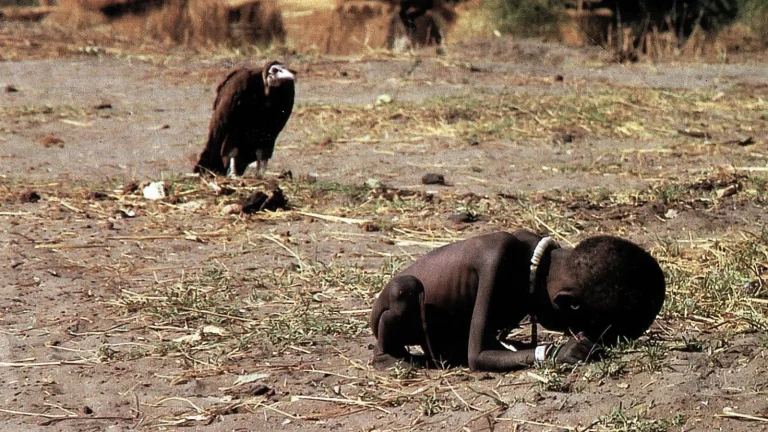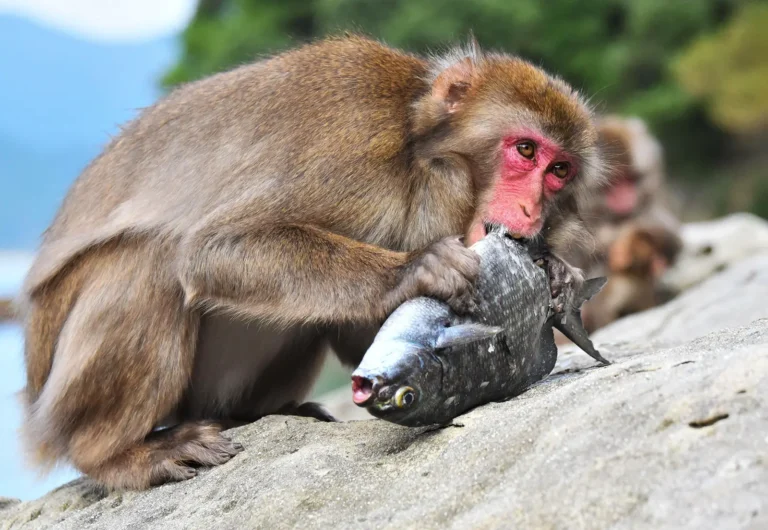Vegan Neanderthals? The truth about the real Neanderthal diet
A typical representation of Neanderthals pictures them as killing the woolly mammoth. However a dental plaque tells a different story about the Neanderthal diet
Milos Pokimica
Written By: Milos Pokimica
Medically Reviewed by: Dr. Xiùying Wáng, M.D.
Updated June 9, 2023The stereotypical representation of Neanderthals pictures them as killing the woolly mammoth. There is archeological evidence to back up a thesis of the neanderthal diet was carnivorous even at the same level as the polar bears, which included meals heavy in large herbivores like the woolly mammoth, reindeer, and woolly rhinoceros.
However, Neanderthal teeth tell a different story. Dental plaque is used to analyze the starches and proteins that were preserved in the plaque. When investigated the wear patterns on their teeth suggest a varied diet. Diet also varied depending on a location with significant regional differences. In some areas, studies imply that Neanderthals were consuming mostly plants, possibly including medicinal ones.
The significant discovery came when scientists analyzed the remains of Neanderthals from El Sidrón, Spain. The Neanderthals from El Sidrón showed zero signs of meat consumption. Not some small amount but complete round zero. Instead of meat, they got calories from plant foods gathered from the forest. Dental plaque was filled with remains of different kinds of nuts, mushrooms, and moss. Neanderthal vegans, how could that fit in the typical accepted image? What about protein and b12?
Dental plaque is a very useful tool because it can preserve genetic material from the food that animals eat for analysis. Laura Weyrich at the University of Adelaide and a team of researchers were able to produce an amazingly accurate look at what plant and animal species Neanderthals had been eating. They analyzed three samples. Two obtained fossils were from El Sidrón Cave in Spain, including the potential aspirin-popper, while one was from Spy Cave in Belgium (Sidrón Cave- Wikipedia). The analysis again proved the complete diversity of food depending on local habitat ecology that was in the line with optimal foraging theory (OFT).
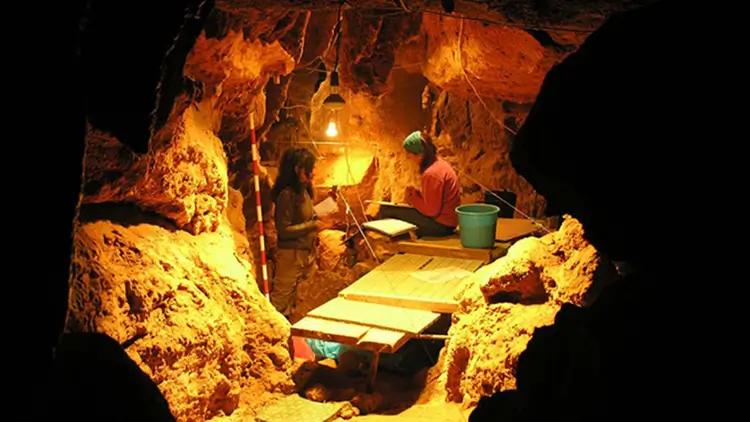
Neanderthal diet didn’t exist in essence. Diet depended on where the Neanderthals in question lived. The Belgians, for example, followed the meat-heavy pattern because they had to. Genetic material from wild sheep, woolly rhinoceros, and some mushrooms was discovered in dental plaque with also some bones in the cave from horses, mammoths, reindeer, and rhinoceros. Bones tell the identical story as the dental plaque that these groups were hunters. In the Belgian habitat, they did not forage for plant foods because there wasn’t any to be found. They had to adapt to survive the cold barren climate by hunting. They probably didn’t like it too much either.
The Spanish Neanderthals appeared to have a more comfortable life. They were hippie chilled out vegan Neanderthals. The truth about the real Neanderthal diet is that they eat largely mushrooms, pine nuts, moss, and other kinds of food we would get from foraging in a forest. Thus Neanderthals from the north were hunters, and Neanderthals from the south were foragers.
What does this evidence tell us? One of the Neanderthals from Spain appeared to have a dental abscess and stomach bug and was self-medicating with poplar (Populus alba), a natural painkiller containing salicylic acid, the same active ingredient in aspirin. The individual had also consumed the antibiotic-producing mold Penicillium. That is tens of thousands of years before Dr. Alexander Fleming used a strain of Penicillium to develop the first antibiotic, revolutionizing modern medicine. If we want to talk about the founders of medicine, well how about antibiotics and aspirin popping Neanderthals?
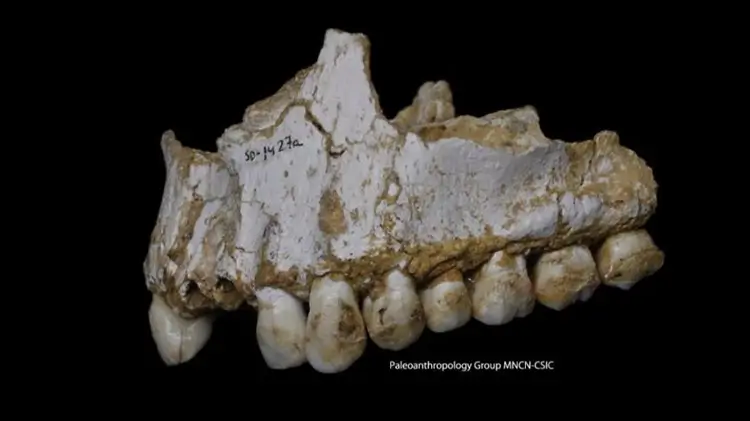
One other thing was interesting. Weyrich’s team also managed to completely sequence one particular microbe called Methanobrevibacter oralis that lacks genes for resisting antiseptics and digesting maltose. In time this microbe has adapted to hygiene and changed human diets. Weyrich’s team calculated that the Neanderthal strain split apart from those found in modern humans between 112,000 and 143,000 years ago which suggests that the two groups were trading Methanobrevibacter likely when they had sex.
Why are groups of Neanderthals living in the south being vegan? Probably because they can. There were much more friendly surroundings and a milder climate with more food sources. Vegan Neandertals are not a moral group of individuals that decided to go plant base as an identity personal choice. It is a survival choice. If we have something we can eat growing beside our cave would we go hunting? Just applying optimal foraging strategies, we have the answer. Neanderthals were anatomically more vegan than carnivores, but in the northern parts during Ice Age, the climate was harsh and they had to adapt and that took some time. Both Neanderthals and modern humans evolved from Homo erectus. Homo erectus was herbivore species. The earliest known migration waves of H. Erectus into Eurasia dated to 1.81 million years ago. Molecular clock genetic research had placed the divergence time of the Neanderthal and modern human lineages from 800,000 to 400,000 years ago. For this reason, most scholars believe Neanderthals descend, via Homo heidelbergensis. The Homo erectus population that stayed in Africa would have evolved through the intermediate Homo rhodesiensis, into anatomically modern humans by 300,000 years ago or earlier.
Neanderthal evolved in Europe and humans did in Africa and there are some small physiological differences. Homo sapiens have smaller barrel-shaped chests and narrow pelvises. Neanderthals had bell-shaped torsos with wider pelvises. The conventional explanation has been that Neanderthals needed more oxygen due to the colder climate, so their bodies grew to hold a bigger respiratory system. But this is wrong. Living in the cold climate of Eurasia 300,000 to 30,000 years ago, Neanderthals settled in places like the Polar Urals and southern Siberia. In the midst of a tundra winter, with no plant food sources to be found, animal meat made of fat and protein remained the only energy source. Although the fat is easier to digest, it is scarce in cold conditions. Prey animals burned up their fat stores during the winter and became much leaner. The conclusion must be made that Neanderthals must have been eating a great deal of animal protein.
Protein places huge requirements on the kidneys and the liver to remove some of the toxic byproducts produced by burning it for energy. Humans have a protein ceiling of between 35 and 50 percent of calories in our diet. Eating much more than that can be dangerous. Neanderthals’ bodies found a way to utilize more protein by enlarging the liver and kidneys. Chests and pelvises widened also to accommodate these beefed-up organs giving them distinct look. If we look today at Inuit peoples, their diet subsists at times on all meat and nothing else and they do have larger livers and kidneys and longer ribs than average Europeans. To survive the fat famine, Neanderthals undoubtedly also specialized in hunting massive animals like mammoths. They retain fat longer in poor conditions and require less energy and speed to kill than smaller swifter prey. Mammoths are too big to escape or evade, and we only have to kill one to feast for months because meat does not spoil in constant subzero temperatures. But as these mega-beasts vanished, Neanderthals likely struggled to chase down smaller, swifter prey. In the southern part like Spain, they went the old vegan way.
What does all of this tell us about us? We didn’t have over the millennia of living in the Ice Age northern climate to adapt to a diet rich in meat to some extent. We evolved in Africa from plan based vegan lineage of 60 million years. Modern humans first left Africa 100,000 years ago in a series of slow-paced migration waves and arrived in southern Europe around 80,000-90,000 years ago.
Therefore, what is the real paleo diet?
References:
Passages selected from a book: Pokimica, Milos. Go Vegan? Review of Science Part 1. Kindle ed., Amazon, 2018.
Related Posts
Do you have any questions about nutrition and health?
I would love to hear from you and answer them in my next post. I appreciate your input and opinion and I look forward to hearing from you soon. I also invite you to follow us on Facebook, Instagram, and Pinterest for more diet, nutrition, and health content. You can leave a comment there and connect with other health enthusiasts, share your tips and experiences, and get support and encouragement from our team and community.
I hope that this post was informative and enjoyable for you and that you are prepared to apply the insights you learned. If you found this post helpful, please share it with your friends and family who might also benefit from it. You never know who might need some guidance and support on their health journey.
– You Might Also Like –

Learn About Nutrition
Milos Pokimica is a doctor of natural medicine, clinical nutritionist, medical health and nutrition writer, and nutritional science advisor. Author of the book series Go Vegan? Review of Science, he also operates the natural health website GoVeganWay.com
Medical Disclaimer
GoVeganWay.com brings you reviews of the latest nutrition and health-related research. The information provided represents the personal opinion of the author and is not intended nor implied to be a substitute for professional medical advice, diagnosis, or treatment. The information provided is for informational purposes only and is not intended to serve as a substitute for the consultation, diagnosis, and/or medical treatment of a qualified physician or healthcare provider.NEVER DISREGARD PROFESSIONAL MEDICAL ADVICE OR DELAY SEEKING MEDICAL TREATMENT BECAUSE OF SOMETHING YOU HAVE READ ON OR ACCESSED THROUGH GoVeganWay.com
NEVER APPLY ANY LIFESTYLE CHANGES OR ANY CHANGES AT ALL AS A CONSEQUENCE OF SOMETHING YOU HAVE READ IN GoVeganWay.com BEFORE CONSULTING LICENCED MEDICAL PRACTITIONER.
In the event of a medical emergency, call a doctor or 911 immediately. GoVeganWay.com does not recommend or endorse any specific groups, organizations, tests, physicians, products, procedures, opinions, or other information that may be mentioned inside.
Editor Picks –
Milos Pokimica is a doctor of natural medicine, clinical nutritionist, medical health and nutrition writer, and nutritional science advisor. Author of the book series Go Vegan? Review of Science, he also operates the natural health website GoVeganWay.com
Latest Articles –
Plant Based News
-
Should Vegans Supplement Creatine? What You Need To Know
on June 16, 2025
-
‘I Visited London As A Vegan: Here Are My Top Restaurant Picks’
on June 16, 2025
-
Dairy-Free Golden Milk Ice Cream
on June 16, 2025
-
Oven-Roasted Squash And Tomato Dhal
on June 15, 2025
-
‘I Tried TikTok’s Viral Vegan High-Protein Breakfasts’
on June 14, 2025
-
Epic Veggie Sandwich
on June 14, 2025
-
Vegan Cinnamon Slice
on June 13, 2025
Top Health News — ScienceDaily
- CRISPR-edited stem cells reveal hidden causes of autismon June 14, 2025
A team at Kobe University has created a game-changing resource for autism research: 63 mouse embryonic stem cell lines, each carrying a genetic mutation strongly associated with the disorder. By pairing classic stem cell manipulation with precise CRISPR gene editing, they ve built a standardized platform that mirrors autism-linked genetic conditions in mice. These models not only replicate autism-related traits but also expose key dysfunctions, like the brain s inability to clean up faulty […]
- Space-laser AI maps forest carbon in minutes—a game-changer for climate scienceon June 14, 2025
A pioneering study reveals how archaeologists’ satellite tools can be repurposed to tackle climate change. By using AI and satellite LiDAR imagery from NASA and ESA, researchers have found a faster, more accurate way to map forest biomass critical for tracking carbon. This innovative fusion of space tech and machine learning could revolutionize how we manage and preserve forests in a warming world.
- Brain food fight: Rutgers maps the hidden switch that turns cravings on and offon June 14, 2025
Rutgers scientists have uncovered a tug-of-war inside the brain between hunger and satiety, revealing two newly mapped neural circuits that battle over when to eat and when to stop. These findings offer an unprecedented glimpse into how hormones and brain signals interact, with implications for fine-tuning today’s weight-loss drugs like Ozempic.
- Sugar shield restored: The breakthrough reversing brain aging and memory losson June 13, 2025
A protective sugar coating on brain blood vessels, once thought to be insignificant, turns out to play a vital role in preventing cognitive decline. Restoring this layer reversed damage and memory loss in aging brains, offering a fresh approach to treating neurodegenerative diseases.
- Invisible ID: How a single breath could reveal your health—and your identityon June 13, 2025
Scientists have discovered that your breathing pattern is as unique as a fingerprint and it may reveal more than just your identity. Using a 24-hour wearable device, researchers achieved nearly 97% accuracy in identifying people based solely on how they breathe through their nose. Even more intriguingly, these respiratory signatures correlated with traits like anxiety levels, sleep cycles, and body mass index. The findings suggest that breathing isn t just a passive process it might actively […]
- Sleep-in science: How 2 extra weekend hours can calm teen anxietyon June 13, 2025
Teens might finally have a good reason to sleep in on weekends within limits. A new study reveals that teenagers who get up to two extra hours of sleep on weekends show fewer anxiety symptoms than those who don t. But go beyond that sweet spot, and symptoms can actually increase.
- Johns Hopkins blood test detects tumor dna three years earlyon June 13, 2025
Researchers at Johns Hopkins found that fragments of tumor DNA can appear in the bloodstream up to three years before a cancer diagnosis, offering a potentially revolutionary window for early detection and treatment.
PubMed, #vegan-diet –
- Protein Intake and Protein Quality Patterns in New Zealand Vegan Diets: An Observational Analysis Using Dynamic Time Warpingon June 13, 2025
Background/Objectives: Inadequate intake of indispensable amino acids (IAAs) is a significant challenge in vegan diets. Since IAAs are not produced or stored over long durations in the human body, regular and balanced dietary protein consumption throughout the day is essential for metabolic function. The objective of this study is to investigate the variation in protein and IAA intake across 24 h among New Zealand vegans with time-series clustering, using Dynamic Time Warping (DTW). Methods:…
- Diet and nutrition in cardiovascular disease prevention: a scientific statement of the European Association of Preventive Cardiology and the Association of Cardiovascular Nursing & Allied Professions…on June 12, 2025
What we eat is a cornerstone of cardiovascular disease (CVD) prevention, but health professionals may not have a clear understanding of the current evidence-based research to underpin eating habits and recommendations. This study aims to appraise existing evidence-based research on the importance of diet on CVD risk biomarkers, specifically, the effects of dietary patterns, specific foods, and constituents including vitamins/minerals and plant-derived bioactive compounds on CVD risk. […]
- Synergistic Effects of Steam Impinged Microwave-Vacuum Blanching on the Textural Behavior of Vegan Pattieson June 11, 2025
The present study was carried out to understand the effect of the process variables of the combined microwave-vacuum-steam blanching process on the textural behavior of vegan patties. This novel blanching technique was systematically evaluated to optimize parameters, including microwave power density (3.8 W/g), steam duration (3 s), pea-to-potato mash ratio (0.252), patty thickness (0.866 cm), and microwave irradiation time (133 s). Fourier transform infrared (FTIR) spectroscopy was employed […]
- Plant-based diet and risk of osteoporosis: A systematic review and meta-analysison June 10, 2025
CONCLUSIONS: This systematic review and meta-analysis indicate that adherence to plant-based diet may be associated with an elevated risk of osteoporosis, particularly at the lumbar spine, among individuals following a vegan diet or following a plant-based diet for ≥10 y. However, the heterogeneity observed across studies highlights the need for well-designed prospective studies in future, to clarify this relationship.
- Plant-based diets for sustainability and health – but are we ignoring vital micronutrients?on June 9, 2025
Plant-based diets, with limited quantities of animal foods, are increasingly promoted for sustainability and health. In many countries, animal-source foods provide the majority of several micronutrients at a population level; in the UK, milk and dairy products contribute around one third of total calcium, vitamin B(12) and iodine intake in adults. Recommendations for a predominantly plant-based diet may have the unintended consequence of reducing intake of micronutrients, particularly in […]
Random Posts –
Featured Posts –

Latest from PubMed, #plant-based diet –
- Quantifying the Environmental Human Health Burden of Food Demand in Spain: A Life Cycle Assessment Studyby Ujué Fresán on June 15, 2025
The negative impacts of current dietary patterns in Spain on both human health and the environment are well documented. While the strong connection between environmental degradation and human health is widely recognized, no studies have evaluated how environmental disruption generated specifically by Spain’s food systems translates into health outcomes. To address this gap, this study quantifies the human health burden linked to the environmental impacts of Spain’s food demand, assessing the…
- Integrating genetics and lifestyles for precision nutrition in hypertriglyceridemia: A UK Biobank and KoGES analysisby Haeng Jeon Hur on June 14, 2025
CONCLUSION: Similar genetic variants affected high-TG risk across populations despite ethnic differences in risk allele frequencies. The identified PRS significantly interacted with plant-based diet, alcohol consumption, and smoking status in both cohorts, with additional interactions observed with vitamin D intake and glycemic index in the Korean cohort.
- Validity and reliability of the Turkish version of the chrono-med diet score (CMDS) for adult participantsby Tevfik Koçak on June 14, 2025
CONCLUSIONS: Our assessments of the CMDS, consisting of 13 items, in Türkiye demonstrate that it is a viable and reliable instrument to measure adherence to the Mediterranean diet for the adult population. The CMDS is more accurate than other Mediterranean diet scores as it questions about the amount of physical activity and grain products, which helps determine each participant’s eating patterns and general health.
- Adherence to the Planetary Health Diet and Its Association with Diet Quality and Environmental Outcomes in Croatian University Students: A Cross-Sectional Studyby Gordana Kenđel Jovanović on June 13, 2025
CONCLUSIONS: This study highlights the moderate sustainability of students’ diets, with significant associations between diet quality and environmental impacts. University settings present key opportunities for the promotion of sustainable, health-oriented eating behaviors among young adults.
- Diet in Knee Osteoarthritis-Myths and Factsby Natalia Kasprzyk on June 13, 2025
Knee osteoarthritis (OA) is a common degenerative joint disease affecting global health. Its increasing prevalence, particularly among aging populations, remains a leading cause of disability. Besides conventional pharmacological and surgical treatments, dietary interventions are promising strategies to alleviate OA symptoms and progression. Unfortunately, scientific evidence does not support many commonly used, misleading ideas about nutrition in knee OA. Recent data highlight the […]
- Dietary Interventions and Oral Nutritional Supplementation in Inflammatory Bowel Disease: Current Evidence and Future Directionsby Brigida Barberio on June 13, 2025
CONCLUSIONS: Dietary interventions and ONS represent valuable therapeutic tools in IBD management. Future research should prioritize standardized, well-powered clinical trials and personalized nutritional approaches to better define their role within integrated care pathways.

